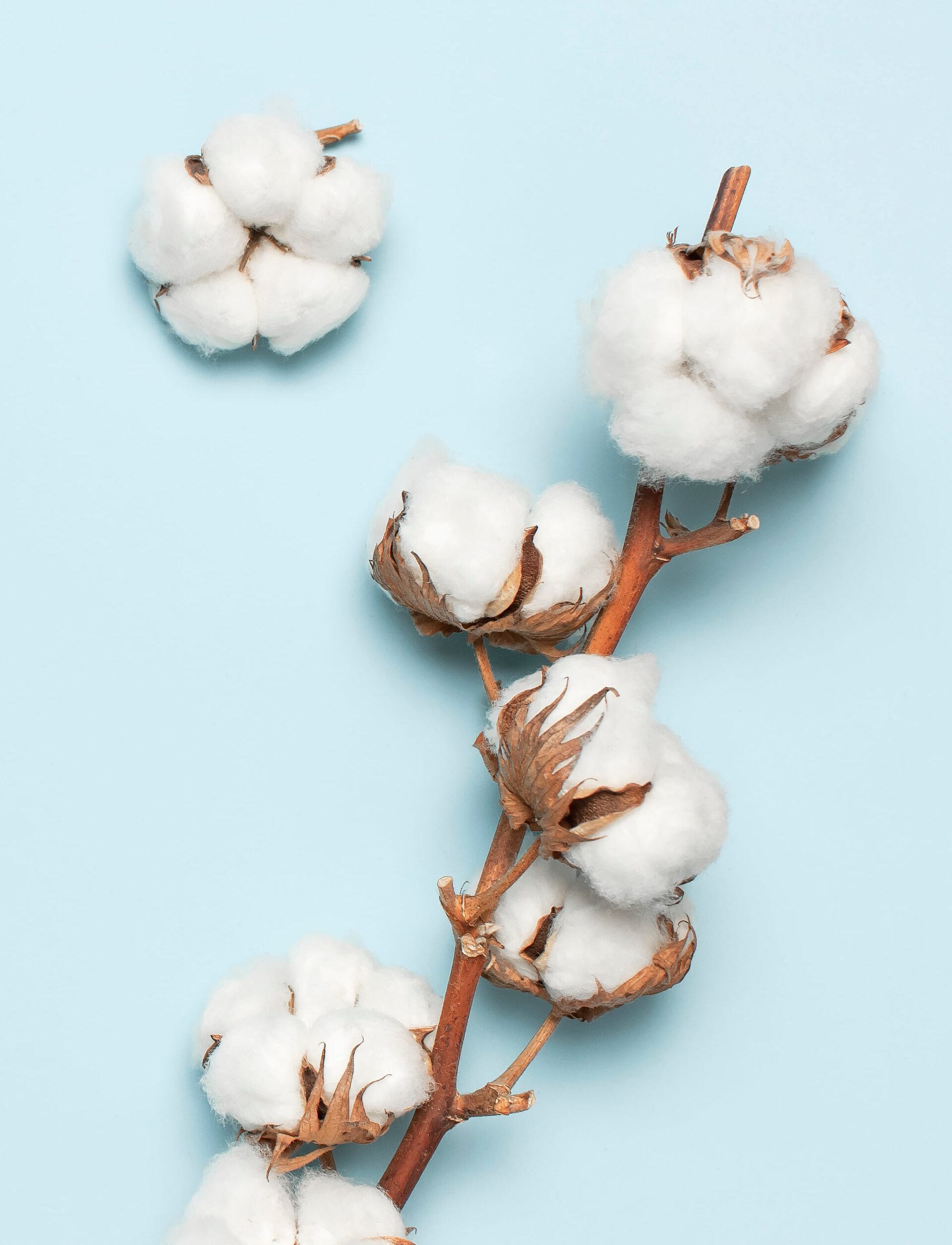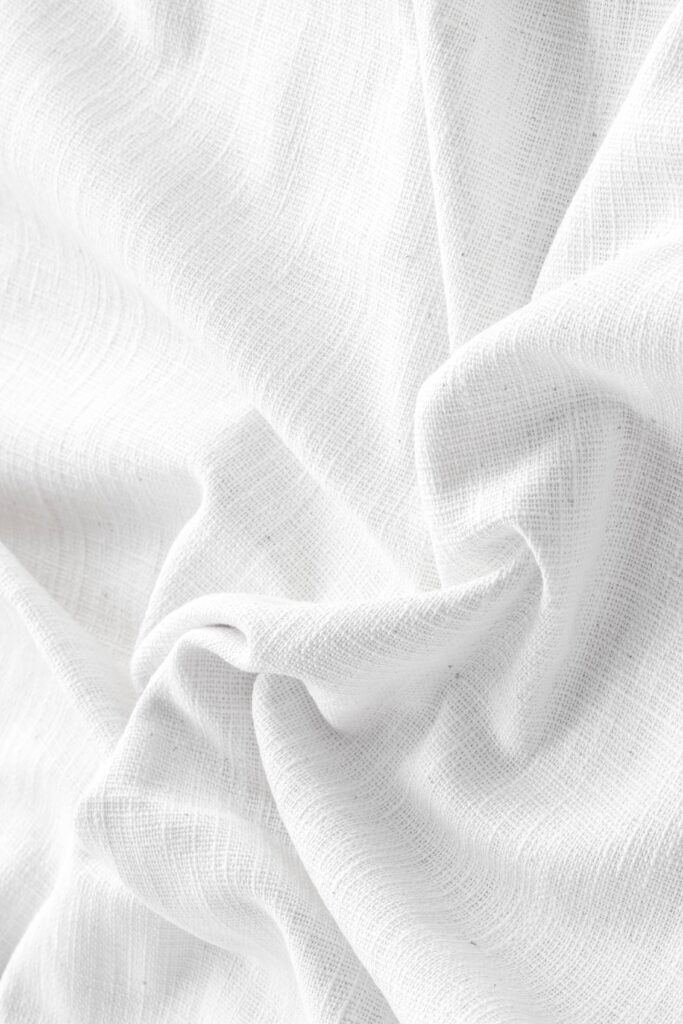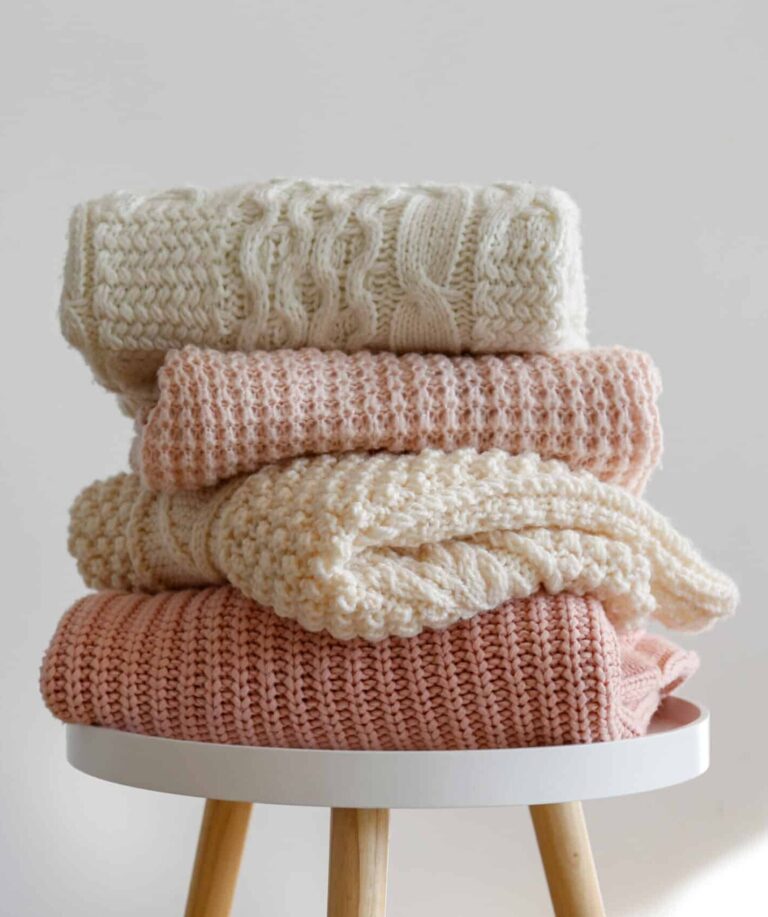
Superb 505 und 605
Der clevere SUPERB-Waschturm
CHF 57.-
pro Monat
inkl. Installation, Service, Laufzeit 10 Jahre
- Zeitvorwahl bis 7 Wochentage und separates Zeitprogramm von 10 bis 150 Min
- Expresswaschen ab 25 Min. von 20 bis 90 °C
- cleanJet-Programme 20 bis 90 ° C
- 15 Min. Quickwash 30 °C
- Favoriten für Ihre 6 Lieblingsprogramme.
- Autoclean (autom. Maschinenreinigungssystem)
- Knitterschutz





